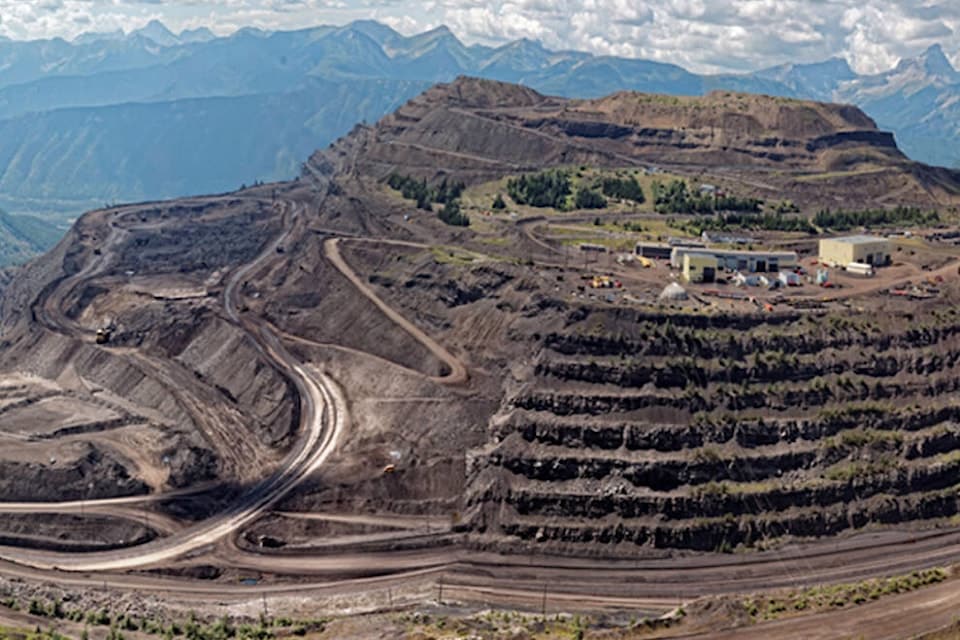B.C.’s mining sector is not concerned after Canada joined six other western countries in the phase-out of “existing unabated coal power generation” by 2035.
Michael Goehring, president and chief executive officer of the Mining Association of British Columbia, said the agreement impacts thermal coal — coal used in electricity generation.
“B.C. only produces steelmaking coal (or metallurgical coal) that is currently necessary for the production of steel,” Goehring said. “The G-7 decision does not have an impact on steelmaking coal, which is currently listed as a ‘critical material’ in the European Union.”
British Columbia is Canada’s largest producer of coal, accounting for 59 per cent of all Canadian coal exports as of 2022/ It is also Canada’s largest exporter of steelmaking coal, and coal consistently fetches the highest returns relative to other mined exports. In 2022, for example, coal accounted for 67 per cent of all B.C.’s mineral production valued at $18.2 billion with copper (17.8 per cent) a distant second.
B.C., however, has had a history of thermal coal production, and thermal coal produced in other provinces ships to global markets through B.C. with most shipments going to Asia.
Steelmaking coal production is expected to range between 24 million to 26 million tonnes, up from 23.7 million tonnes in 2023, according to a guide issued by Teck Resources January. Production is expected to remain at these levels throughout 2025 to 2027, the company noted. Canada, led by B.C., accounted for 2.4 per cent of global steemaking coal production in 2022.
Environmentalists point to thermal coal’s contribution to climate change. The emergence of cheaper alternative energy sources such as wind and solar power has raised questions about the economics of thermal coal, and several leading energy companies are getting out of the thermal coal business.
B.C. does not burn thermal coal for power, but four Canadian provinces do. Coal contributed to 51 per cent of energy produced in Alberta and 30 per cent in Saskatchewan in 2021, followed by Nova Scotia (15 per cent) and New Brunswick (four per cent).
B.C.’s Energy Minister Josie Osborne said the announcement from the G-7 is in line with Canada’s earlier promises to phase out thermal coal by 2030.
“So I’m encouraged to see the decision from the G-7 and I think it’s a positive signal that industrialized countries are sending to the rest of the world about decreasing about our dependence on thermal coal. It’s heavily polluting and we have alternatives,” Osborne said.
Osborne pointed to the ongoing use of thermal coal by countries like China and India. These two accounted for almost 61 per cent of total global production
Meanwhile, several western countries are testing technologies to replace steelmaking coal with hydrogen in the production of so-called green steel.
Osborne said that technology is still under development and steelmaking coal remains in high demand.
“(Steelmaking coal from B.C.) is still going to be an important commodity for years to come.”
The G-7 consists of Canada, Germany, France, Italy, Japan, the United Kingdom and the United States.



